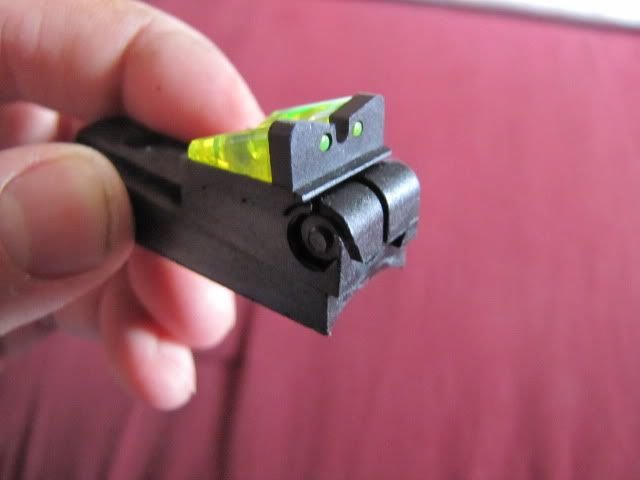Perry,
That is a blessing in disguise, really! You don't want to be relying on a plastic sight on any hunt that I have ever been on. For spot and stalk bears you need rugged sights that will be reliable when you need them. Those plastic sights just don't cut it in my book. I use quality metallic sights from companies like Williams for my rugged hunts in the Rockies.
Williams makes Fire-Sights that use the fiber optics that even if the fiber were to break, the sight would still be usable.
Better you learned how cheap those plastic sights are now, before the hunt. I would go with the WGRS peep or a set of Fire-Sights. I know a guy that lost his hunt due to the cheap plastic sights getting bumped in the cold and breaking.
Give Traditions a call and tell them you would like to replace the plastic with their better aluminum alloy fiber optic sights. Never know, they may just replace them.
 :twisted: ........Guess a new scope is in the future!!! :lol:
:twisted: ........Guess a new scope is in the future!!! :lol: 





